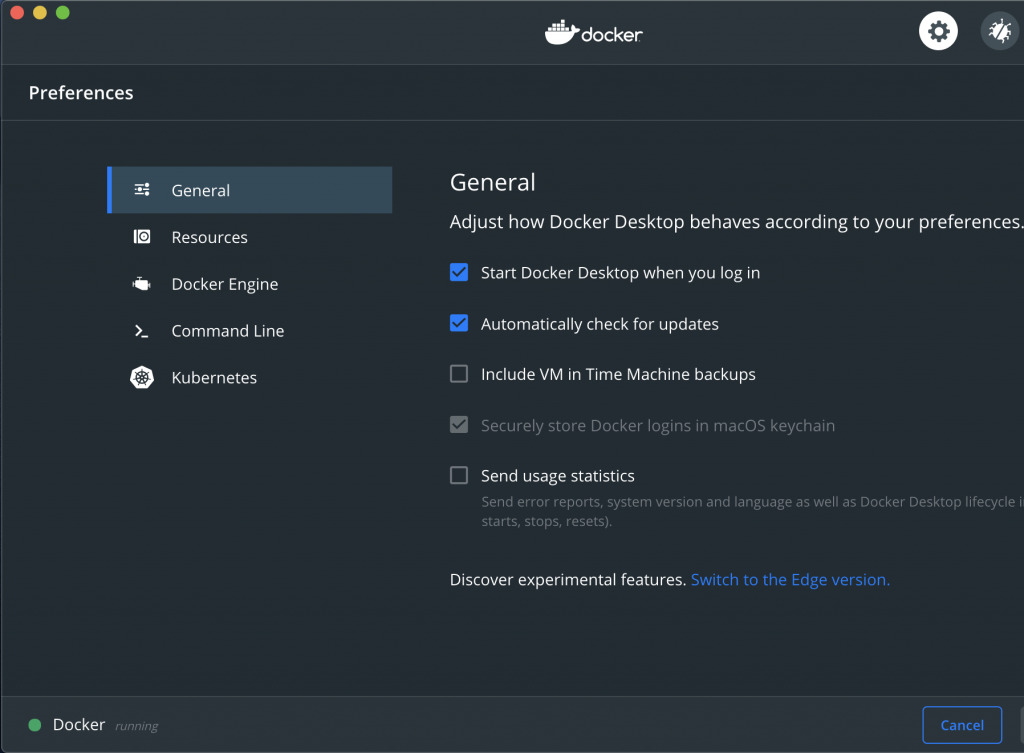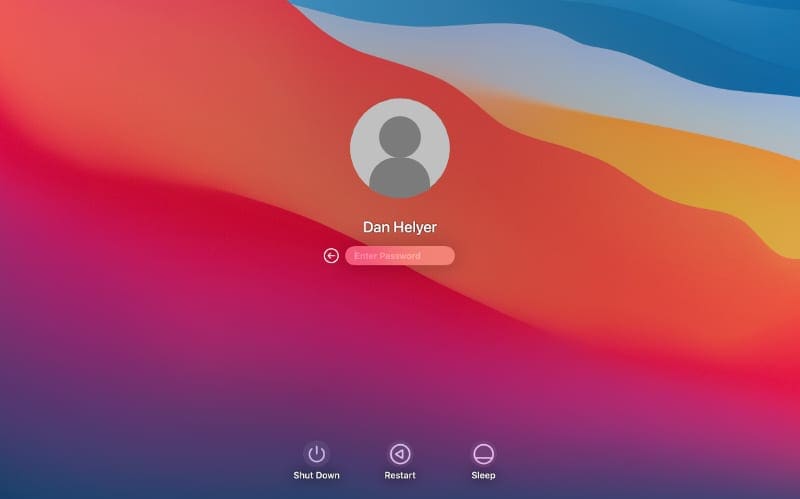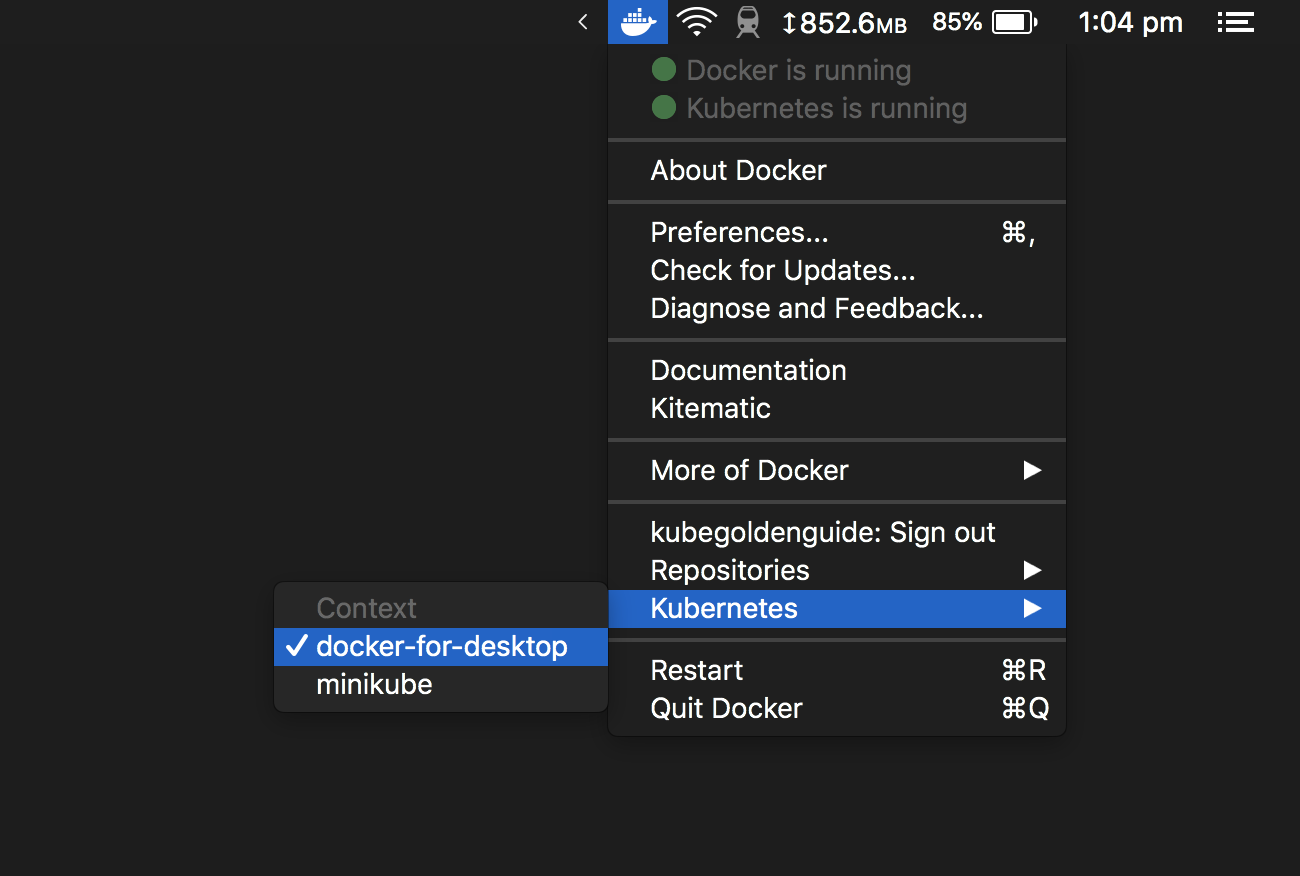

- #MAC OS DOCKER IMAGES SERIAL NUMBERS#
- #MAC OS DOCKER IMAGES MAC OS#
- #MAC OS DOCKER IMAGES INSTALL#
- #MAC OS DOCKER IMAGES GENERATOR#
- #MAC OS DOCKER IMAGES SOFTWARE#
 Why Run a bridge file server (eg, FTP <-> AFP) to move files from your modern your classic macs.
Why Run a bridge file server (eg, FTP <-> AFP) to move files from your modern your classic macs. #MAC OS DOCKER IMAGES MAC OS#
Or it can also happen if the image only exists in a private registry. A docker image which uses QEMU to run Mac OS 9.
#MAC OS DOCKER IMAGES SOFTWARE#
This tends to happen if you’re trying to run some software which requires you to build the container image yourself first (with a Dockerfile). What does “unable to find image locally” mean in Docker? This usually means that Docker is trying to run an image, but it doesn’t exist on your computer, and Docker can’t find it in a registry either. Skopeo list-tags docker://docker.io/ubuntu For example, to list all of the tags for the ubuntu image on Docker Hub, you can use:
#MAC OS DOCKER IMAGES INSTALL#
Install skopeo first (on a Mac, you can install it with Homebrew). How do I list all tags for an image? skopeo is a really simple utility for working with container images. Be cautious about what you choose to run, as some images contain malware and harmful content, which you really don’t want running on your laptop, and definitely not on a corporate server. You can find Docker images in Docker Hub, or any of the other public registries. If you have a small hard disk drive then be aware that your free disk space might reduce rather quickly once you start pulling lots of images! The TLDR Be aware of the size of the imageĭocker images can take up a lot of space on disk, and large images especially take some time to transfer. So if you’re running an image which hasn’t been updated in a long time, the application inside the container might have some vulnerabilities which could open you up to attacks. The same goes for software distributed in container images. Most software needs to be regularly updated and patched. Pay attention to when the image was last updated

If you’re not sure, it’s best to stick to running containers only from these official maintained images. On Docker Hub, look out for the “Official Images” and “Verified Publisher” icons, which show whether an image has been published by Docker, or a trusted source. A 2020 survey found that many images on Docker Hub contain malware and vulnerabilities. So make sure you trust the source of the image you’re going to run. What to look out for when downloading public Docker images Check that the image is trustworthyĪnyone can upload images to Docker Hub. This will return all the public Docker Hub registry images that match your search. You can also search for Docker images in Docker Hub using the docker search CLI command: The tags Tab will show you all of the different tags within that image, which you can pull and run with Docker.
#MAC OS DOCKER IMAGES SERIAL NUMBERS#
The key aspect of the tool is that it can generate valid serial numbers for macOS hardware. A security researcher has published a tool called 'Docker-OSX', bringing macOS to Docker containers.
#MAC OS DOCKER IMAGES GENERATOR#
Images can be published to a registry for sharing. Researcher Created a macOS Image Generator Called ‘Docker-OSX’.

To find applications that run with Docker, you need to look for Docker images, also sometimes called container images. You can use a web browser, or docker search to search for an image in Docker Hub How do I search for Docker images? Images for Docker are usually stored in a registry To run an application in Docker, it needs to be formatted as a Docker image


 0 kommentar(er)
0 kommentar(er)
